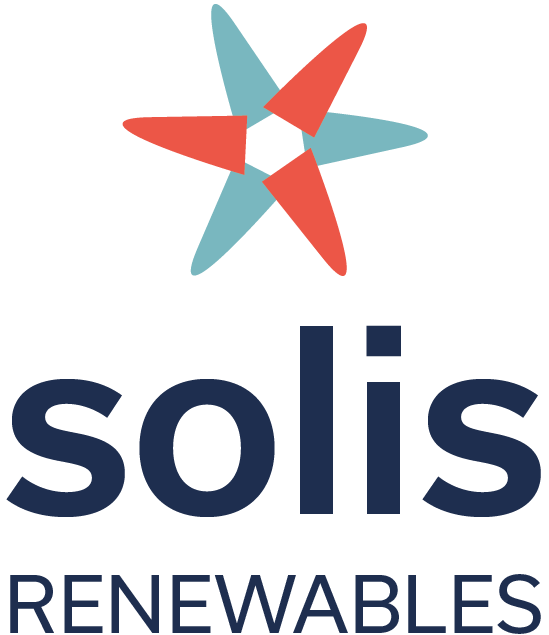From rooftops to fields: the expansion of community solar projects in the US
In a recent announcement, Q-Cells and Summit Ridge Energy signed a deal for 1.2 gigawatts of solar panels to be installed for community solar projects in Illinois, Maine, and Maryland. These projects will involve the construction of roughly 2.5 million solar panels, which can generate electricity for around 140,000 homes and businesses. Community solar projects allow households to jointly own or subscribe to a solar project and enjoy savings on their electric bills.
The first 200 megawatts of projects are expected to be installed in 2023, partially thanks to the policies supporting community solar in 22 states, plus Washington DC. As of now, community solar projects account for approximately 5.6 gigawatts of generating capacity across the United States, with the country ending 2022 with a total installed solar capacity of roughly 146 gigawatts.
The Inflation Reduction Act (IRA) passed in 2022 provides federal incentives for solar energy, including access to investment and production tax credits, a bonus tax credit for projects in low to medium-income communities, and $27 billion for a national green bank that will incentivize private lending for distributed energy projects, including community solar.
Q-Cells recently broke ground on a manufacturing facility in Georgia capable of producing solar ingots, wafers, cells, and finished panels. Hanwha Advanced Materials, a subsidiary of Q-Cells' parent group, Hanwha Group, has also announced an investment in another manufacturing facility in Georgia capable of producing the encapsulant material used in sealing solar modules.
Manufacturers like Q-Cells will be eligible for a tax credit of up to 7 cents per watt for a solar module manufactured in a US-based vertically integrated plant, along with additional subsidies for other components, under the IRA.
Community solar generally refers to local solar facilities shared by community subscribers who receive credit on their electricity bill for their share of the power produced. With the growing support for community solar and federal incentives in place, it’s likely we’ll see more projects like this in the near future.

